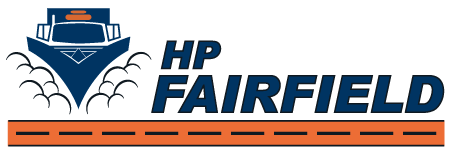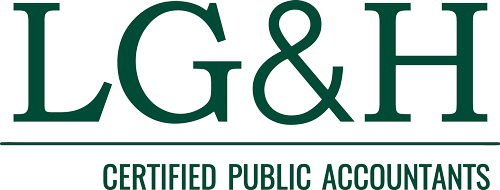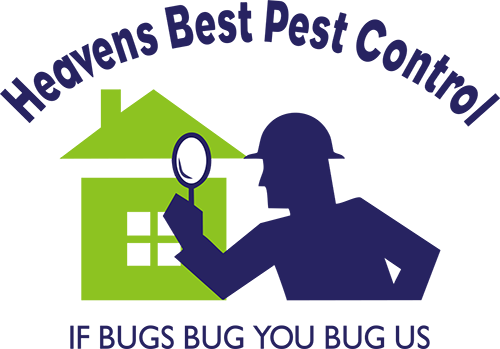Accessible Web Design 101

Since nearly everyone is online, you need to make sure that your website is designed for everyone. Accessible web design ensures that people with disabilities can use your website with or without the use of assistive technology. Fortunately, many accessible design elements are easily implemented and improve the user experience for those without disabilities as well.
Here are 7 elements of accessible web design:
1. Color Contrast
While it’s important to include your brand’s colors when designing your website, you should also consider how the colors contrast each other. Certain colors contrast each other better. However, this is important to more than just the appearance of your website.
Darker text on a lighter background is easier to read than lighter text on a dark background. This design choice benefits people who have visual impairments or reading difficulties. For example, you could use black text on a white background instead of white text on a black background.
2. Focus Indicators
When you hover over a button on a website, you may notice that it becomes darker. This is what is called a focus indicator. It tells the user where their mouse or keyboard is focused so they can take the next step.
Along with improving your website’s navigation, it helps those who use screen readers or have attention issues to know where they are on your site. Once the button is indicated to them using this feature, they can choose to click on it or not.
3. Labeling Forms
In order to engage with your business, visitors to your website need to be able to contact you. The easiest way to do this is through a contact form. The user can leave their contact information and a message for you. However, the user needs to know what information to input.
This is where labeling forms is helpful. If a visitor is using a screen reader, their device can tell them which field of the form they’re on and what information to input. For example, a field labeled “name” would be where the person types in their name.
4. Alt Tags
Along with improving your search engine optimization (SEO), alt tags increase your website’s accessibility. This is because screen readers will read out the alt tag text to the user to describe the image. Make sure you create descriptive alt tags for all images on your website.
If you have a photo of a black dog lying on a red carpet, write an alt tag that represents that image. The screen reader will read the alt tag so the user will know that you have a photo of a black dog lying on a red carpet on your website.
5. Headers
If you have a blog, you may want to divide your posts into sections so they’re easier to read. One way to do this is through the use of headers. In the code of your post, you can include indicators like <h2> to mark the level of header used.
Screen readers acknowledge this when reading the text back to the user. If the person is reading themselves, it is easier on the eyes to have neatly divided sections instead of large blocks of text.
6. Simple Navigation
Nobody wants to sift through long menus to find the information they’re looking for on your website. This is especially true if the user has a disability that limits their mobility or uses only a keyboard to navigate your website.
The menu should have as few items as possible. Outside of the menu, your homepage information should be placed in a logical order. Also, use buttons to direct users to important pages like the homepage or your contact form.
7. Responsive Design
With half of all Internet traffic coming from mobile devices, you need to design your website to accommodate these devices. With responsive design, your website adjusts to the size of the screen being used to view it.
Some people with visual impairments have specialized computers and other devices that increase the size of what is on the screen. Whether someone is using one of these devices, a smartphone, or a desktop computer, they should be able to access your website easily.
Learn More About Accessible Web Design
Whether you’re designing a new website or improving an existing one, including accessible web design elements helps you to reach a wider audience than you otherwise would. If you’d like to learn more about accessible web design, contact Links Web Design for a free consultation.
Links Web Design is a web design agency in Bangor, ME, and Fruitland Park, FL.









